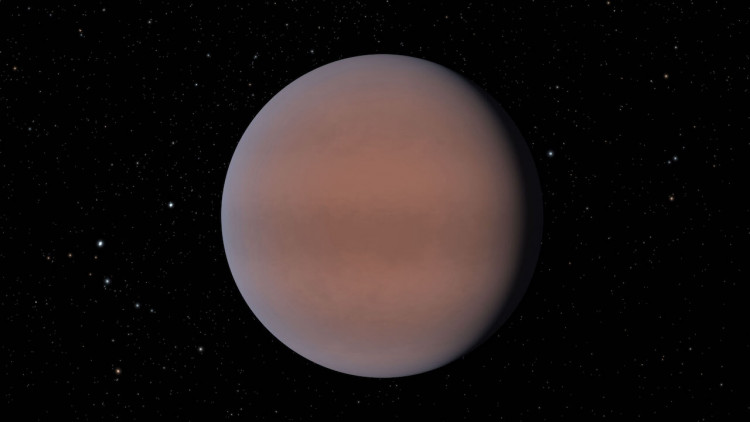Candidates have been chosen by the Chinese Academy of Sciences (CAS) for the upcoming cycle of space missions, which are scheduled to launch between 2026 and 2030. It is anticipated that five to seven of the 13 proposed missions will be chosen for launch, according to SpaceNews.
The new flights will be a part of the New Horizons Program, a project under CAS's third Strategic Priority Program (SPP III), which is unrelated to NASA's New Horizons mission. On June 28, 2022, an article detailing each of the 13 candidates was released in the Chinese Journal of Space Science.
Research in astronomy and astrophysics will be done by three of the proposed missions:
The Enhanced X-ray Timing and Polarimetry, or eXTP mission, aims to "study the state of matter under extreme conditions of density, gravity, and magnetism" and search for gravitational wave and neutrino sources.
A small constellation of satellites would be sent into lunar orbit as part of the Discovering the Sky at the Longest Wavelength (DSL) project so they could research as yet unexplored regions of the electromagnetic spectrum that may contain signals from the universe's earliest epochs.
The Dark Matter Particle Explorer-2 (DAMPE-2) would follow up on the DAMPE mission launched in 2015 and search for evidence of dark matter.
Four of the proposed missions are intended to research Earth and other solar system members, including:
Asteroid 1989 ML would be explored by the E-type Asteroid Sample Return (ASR), which would also bring samples back to Earth.
The goal of the Venus Volcano Imaging and Climate Explorer (VOICE) mission is to investigate Venus's geological and atmospheric processes.
The Climate and Atmospheric Components Exploring Satellites (CACES) in low-Earth orbit aim to collect a plethora of information on the climate and atmosphere of the planet.
Doppler radar on satellites would be used by the Ocean Surface Current Multiscale Observation Mission (OSCOM) to examine oceanic dynamics and energetics.
Finally, two expeditions would look for habitable exoplanets in the cosmos:
The Closeby Habitable Exoplanet Survey (CHES) would use micro-arcsecond relative astrometric techniques to study 100 sun-like stars within 33 light-years of Earth.
The Earth 2.0 (ET) mission would specifically seek Earth-size exoplanets that have similar orbits around sun-like stars using a seven-telescope instrument orbiting at Earth-Sun L2.
A CAS committee will evaluate each of the 13 planned New Horizons Program missions based on factors like budgetary constraints, the technological preparedness of each mission, and how soon the necessary technologies could be produced before China's 15th Five-year plan, which starts in 2026. Future science missions would be supported by research programs funded by the New Horizons Program.




